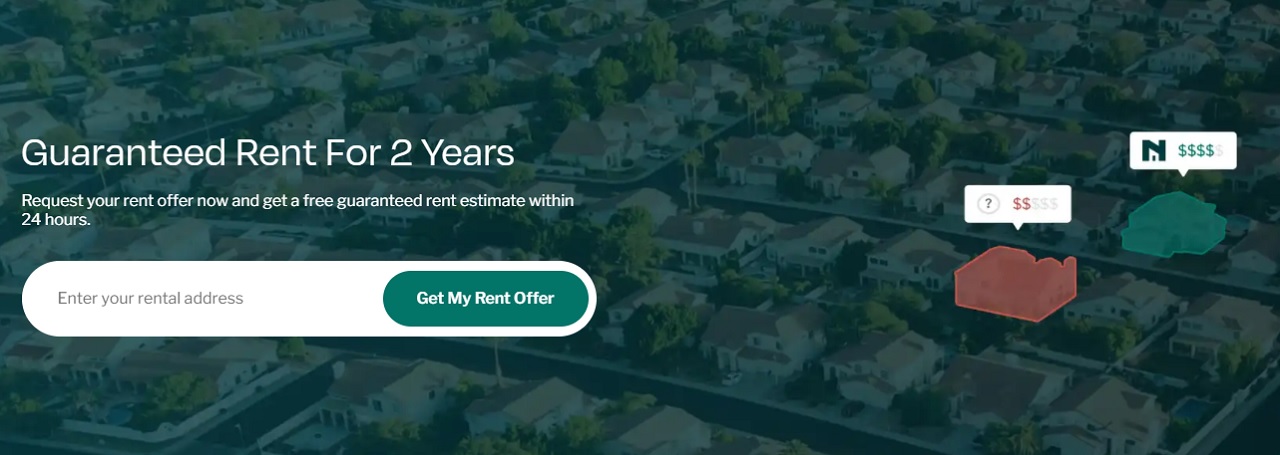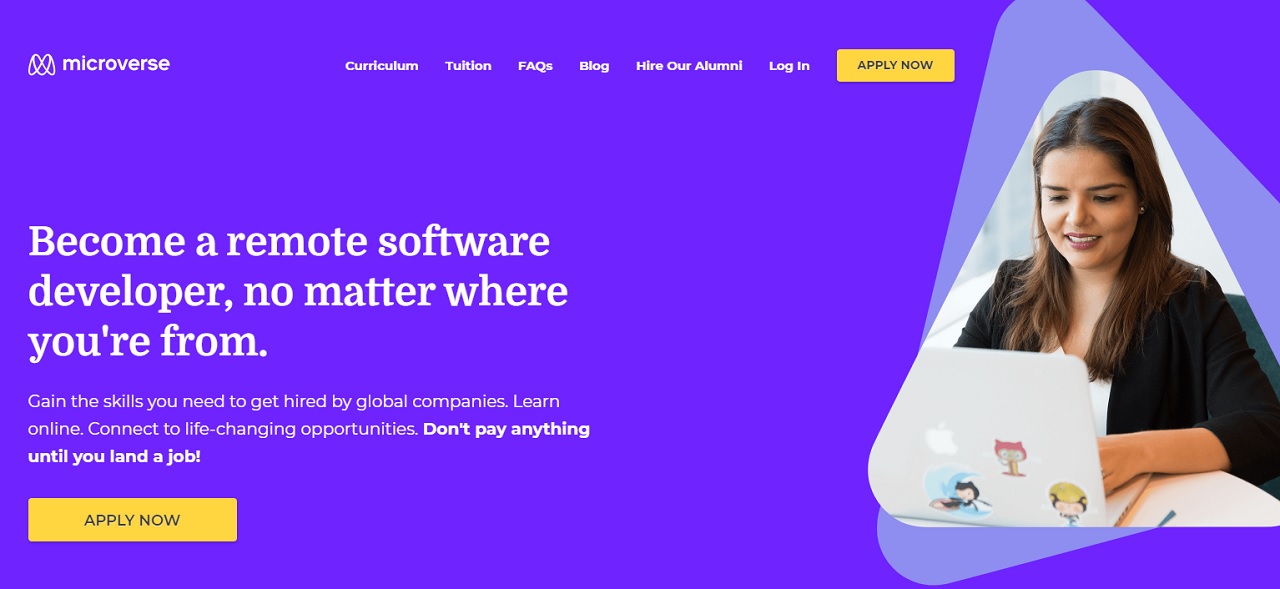Put your growth on autopilot
GrowSurf is modern referral program software that helps product and marketing teams launch an in-product customer referral program in days, not weeks. Start your free trial today.
Target market is a term used by companies to refer to a group of people identified as most likely to become customers of a business. It’s important for companies to understand their target demographics before designing a marketing strategy or brand building. Individuals that make up a target market will make up the majority of the audience when new campaigns and products are rolled out.
Successful marketing campaigns have identified the similarities in psychology and behaviour in their target demographic. Understanding the audience allows a company to pin-point exactly where to make their content visible.
If a business is able to accurately identify their target market, customer acquisition and marketing spend overall will be lower. The aim of defining your target market is to avoid wasting resources barking up wrong trees looking for business.
How can you hit a bullseye if you can't see the target?
If you're unsure of how to set your sights on a target audience, keep reading. I'll detail a few key strategies used by successful tech companies to find their focus, along with real-world examples to illustrate effective target market identification and positioning.
As Entrepreneur magazine states, 'Defining your target market is one of the most important steps in starting a business. Without knowing to whom you'll be selling, you'll have a difficult time making decisions about your business and marketing strategies.' Getting this foundational piece right is critical for any company's success.
Accurately identifying a target audience lowers marketing costs and increases customer lifetime value, or LTV. Target marketing reduces churn by focusing on the people who will find the most value in your product. When people find value in a product, they tend to stick around.
Start by examining your existing customers, the people who never needed a sales pitch or referral. It's a good idea to take note of the customer who took no convincing. What makes your product valuable to that person? Who is that person? What are their habits, interests, and demographics?
According to the U.S. Small Business Administration, gathering demographic data like age, gender, income level, and location is crucial for defining your target market. But going a step further into psychographics - studying your customers' interests, values, and lifestyles - can give you an even deeper understanding.
This group of people represents your niche market. These are the people the product was designed for. The habits of your niche market will likely parallel others in your target market. Identifying your niche will define the form and function of your brand.
Age, gender, income, location, and lifestyle will all impact the value and relevance of a product to an individual. So the approach here is to target people with similar demographics, psychographics, and behaviors. But first, make sure you have a clear understanding of your product's purpose and unique value proposition by asking questions like:
Thorough research and the use of user segmentation will help to refine your marketing strategy. When you understand your target market to its limits, you have a better understanding of where to extend your reach.
Your niche market is a great place to create a primary cross-section of your demographic. From this foundation you can begin exploring characteristic similarities between your established market and potential audiences.
Surveys can function as a census, providing quantitative and qualitative data about your target customers. When the right questions are being asked, surveys are an effective method for gathering detailed information about your target market's demographics, psychographics, needs, and behaviors.
According to Quirk's Marketing Research Media, well-designed surveys allow you to 'get inside the heads' of your prospects and customers to understand their motivations, objections, and decision-making criteria - insights that are invaluable for shaping your product roadmap and go-to-market strategy.
Surveys are also used to receive feedback about customer experience with a brand. This insight can be invaluable when looking to add new products or services, refine existing offerings, optimize messaging and positioning, or identify areas for improvement.
As McKinsey & Company advises, 'Leading companies are using deep insights into customer needs, behaviors, and preferences to guide innovation and identify new growth opportunities.' Customer feedback surveys provide a direct line into these insights from your target market.
When designing a survey, keep in mind the cross-section you need to capture will depend on what the product or service is. Choose a formula of questions that combines the demographic and psychographic segmentations that are most specific to your business.
Demographic segmentations include:
Psychographic segmentations include:
Asking questions specific to your product will give you the information you need to ensure you're hitting your target market with the utmost accuracy. For example, if you're selling a fitness specific product like FitBit, it might be more beneficial to ask questions that specify lifestyle and activity level before education and occupation.
Analytics tools are used to measure customer engagement with your content and track user behavior data across your website and marketing channels. These platforms collect quantitative data and provide real-time feedback on the behavior flow of your audience when interacting with your brand.
However, as Forbes Agency Council points out, quantitative analytics data only tells part of the story. To develop a truly comprehensive understanding of your target market, you need to combine it with qualitative insights into the 'why' behind customer behaviors and motivations.
There are many analytics platforms to choose from. You should choose one that focuses on providing data that is most relevant to your company.
If you're still unsure about which analytic tool is best for you, Google Analytics is the most accessible with a user-friendly dashboard that's easy to understand - and it's free!
If your needs are specific or you're looking to add another tool to your analytics stack, here are some platforms to check out:

As the ancient Chinese military strategist Sun Tzu wrote, "If you know the enemy and know yourself, you need not fear the result of a hundred battles." Keeping a close eye on your competitors is crucial not just for defensive purposes, but for identifying opportunities in underserved market segments.
By examining your competition's products, marketing, and customer engagement strategies, you can gain valuable insights into who they are targeting, how they are positioning themselves, and where potential gaps or whitespaces exist that your business could capitalize on.
Examining your competition can give you valuable insight on your brand's target audience. It never hurts to engage with their brand as a consumer, even if it's just for research purposes. This could mean signing up for their newsletters, following their social media accounts, reading customer reviews and forums, and in some cases, sampling their products.
As Entrepreneur magazine advises, 'Read online reviews and visit forums where your target customers congregate online. This provides a goldmine of unbiased information about your competition's strengths, weaknesses, and perceived market positioning.'
Digging into the marketing strategies of your competitors will give you a first-hand simulation of who exactly you're trying to reach. Try to identify the strategies used by your competitors to identify their target markets by asking questions like:
The answers can provide a wealth of clues into their perceived target demographics, psychographics, and behaviors.
Airbnb's target demographic is people who travel, prefer a home to a hotel and/or are looking to take part in activities hosted by local people. While Airbnb's marketing strategy now targets multiple segmentation demographics, the company originally was designed to offer affordable accommodation options to millennials - young, budget-conscious travelers seeking unique local experiences.
As Investopedia notes, 'Airbnb's initial target market was millennials who were looking for cheaper alternatives to hotels and a way to experience cities like locals.' By starting with a tightly defined niche, they were able to perfect their value proposition before expanding to wider audiences.
Nomad Lease's target demographic is homeowners who travel frequently for work or leisure. Nomad Lease operates as a property management company finding long-term tenants for homeowners while they're away, providing an alternative to short-term rental platforms like Airbnb. The company is currently limited to only a few major cities in the US, but the service is guaranteed with professional property management.
As Forbes reports, 'With the rise of remote work and a more mobile workforce, the demand for services like Nomad Lease that allow homeowners to rent out their properties long-term while traveling is rapidly growing.' This emerging niche represents a lucrative opportunity for expansion.

Vinovest's target demographic is retail investors looking for alternative assets, particularly those in the 25 to 40 year-old age range. Their marketing strategy focuses on this younger, affluent demographic of investors who are interested in diversifying beyond traditional assets like stocks and bonds. While average wine drinkers are not overlooked, Vinovest's minimum $1,000 investment requirement signals they are targeting individuals with some level of investing experience, financial literacy, and disposable income.
As The Wall Street Journal reports, 'Fine wine as an asset class is attracting new investors, including younger ones looking to diversify their portfolios and capitalize on their passion for wine.' Vinovest is well-positioned to serve this emerging market demand.

Microverse's target demographic is remote software developers and aspiring software developers. Microverse offers a full-time tech curriculum to students from all over the world. Their marketing caters to young and underfunded students by not requiring tuition upfront, making their program accessible to a global audience.
As Forbes highlights, 'Microverse is looking to tap into the global demand for software engineers by offering an affordable, remote training program to students around the world, with a focus on underserved regions.' This inclusive approach allows them to build a diverse talent pipeline.

Willful's target demographic is younger professionals and families, particularly those in their 30s and 40s. Willful is an online platform that assists people in making end-of-life arrangements like wills and estate planning, with access to legal professionals and advisors.
As Forbes reports, 'The company is targeting millennials who are reaching life milestones like getting married, having kids and buying homes, which often triggers the need for a will and estate plan.' By focusing on this underserved segment, Willful is able to position its services as modern, accessible, and tailored to younger consumers' needs.

Accurately identifying your target audience lowers customer acquisition costs (CAC) and increases customer lifetime value (LTV) - two critical metrics for any business's growth and profitability.
As Harvard Business Review explains, 'The better you understand your customers' decision-making processes, the better you can market to them, sell to them, and satisfy them after the sale.' By developing a deep, data-driven understanding of your ideal customer profile, you can optimize every aspect of your marketing, sales, and customer experience strategies.

GrowSurf is modern referral program software that helps product and marketing teams launch an in-product customer referral program in days, not weeks. Start your free trial today.
The easiest way to make a product go viral? Build it with a viral design. Learn the 6 best ways to incorporate virality into product design.
What is social currency? In this guide, we explore the social currency definition, benefits and examples you can steal for your own brand building.
One good way to create a successful referral program is to look at how other people did it. Case in point: Morning Brew. Want to learn how they built an audience of 2.5 million? This blog post breaks down the Morning Brew referral program in detail!